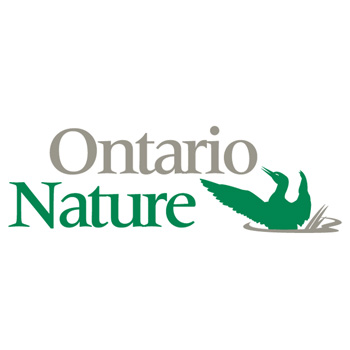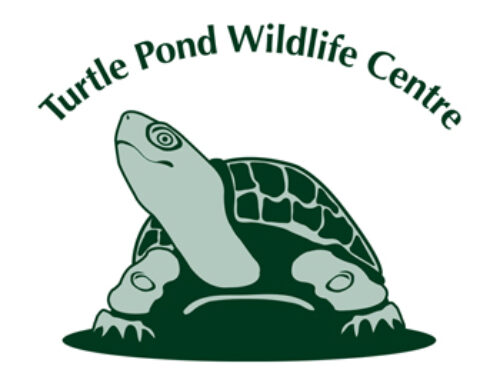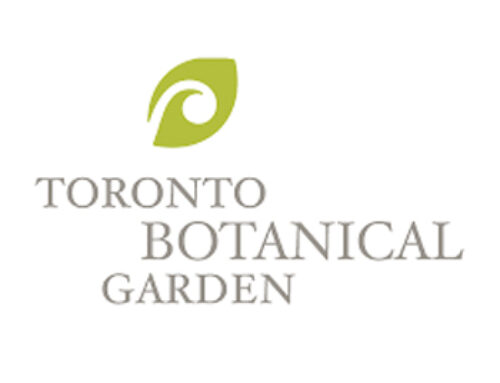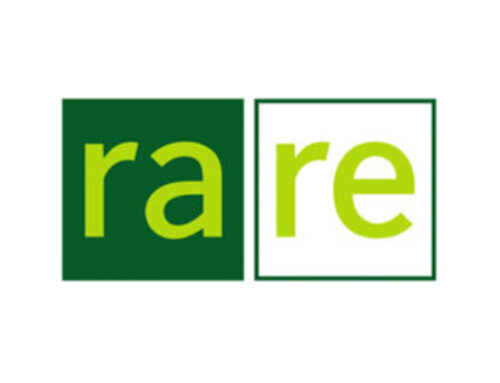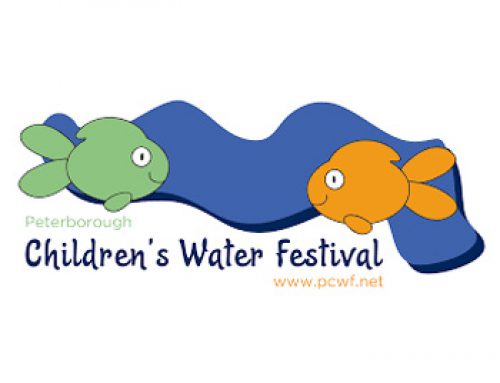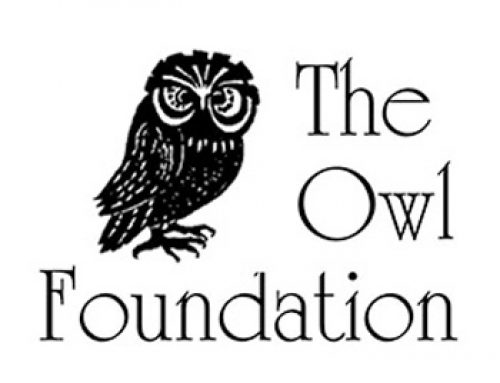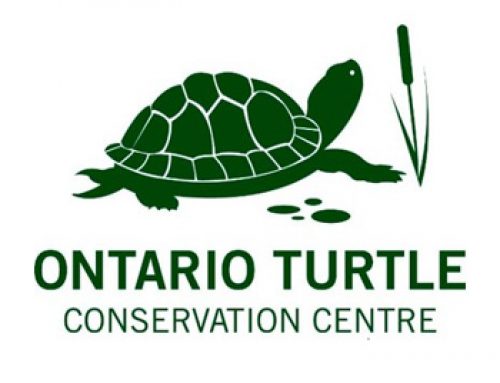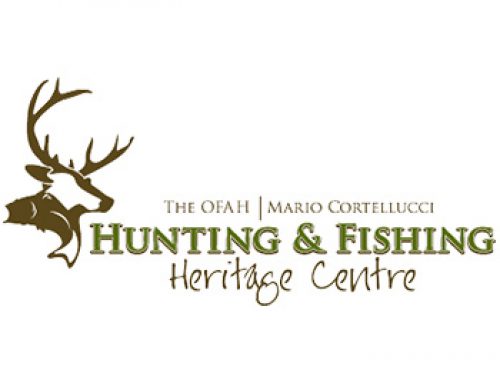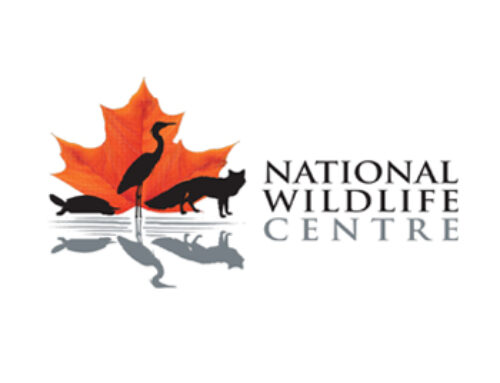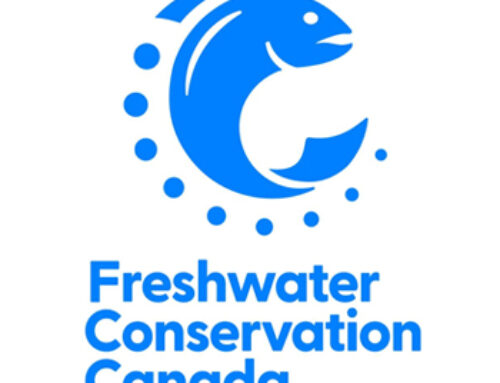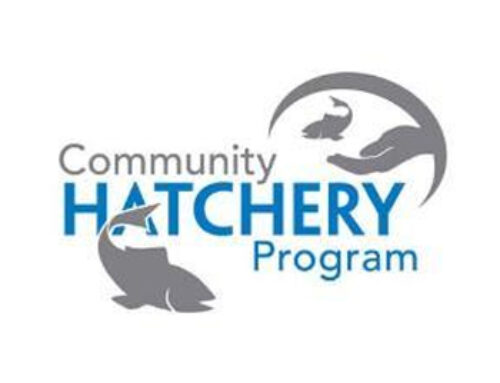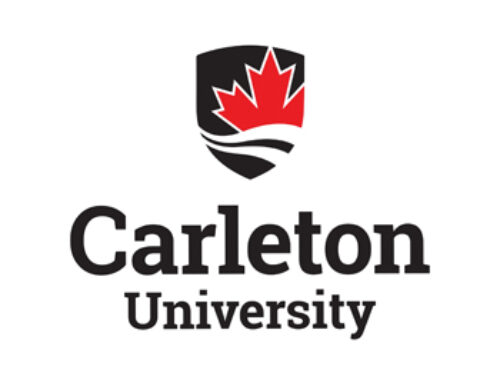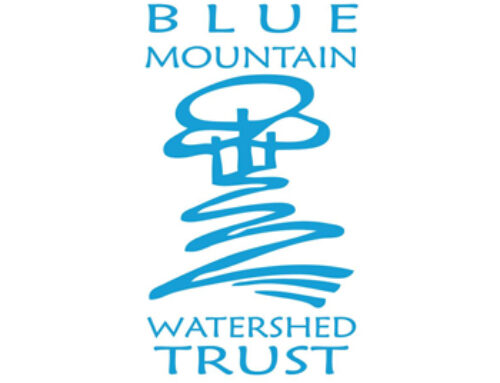2025
Restoration of a Pine Plantation at George G Newton Nature Reserve
The purpose of this project is to encourage succession of a mature pine plantation at George G. Newton Nature Reserve (GGNNR) by minimizing the spread of invasive European Buckthorn (Rhamnus cathartica) – a highly aggressive species that outcompetes native vegetation, and replacing it with native tree and shrub plantings.
GGNNR is a 33-hectare property located near the shore of Lake Huron on the interface between the Carolinian and Great lakes St. Lawrence Lowlands Forest zones. The property, which protects a ravine, features a stand of mature eastern white cedar, as well as mixed hardwood forest typified by maple, beech, catalpa, and walnut. Mature white pine plantation also occurs in swaths throughout the property. These plantation trees have reached their natural age limit and are in serious decline. While natural succession towards a mixed hardwood forest is occurring in some portions of the plantation, others are now dominated by invasive buckthorn.
As part of a contiguous block of natural area, the property is home to several interior forest bird species and migratory warblers, including black-throated green warbler, pine warbler, eastern wood-pewee, and wood thrush. The habitat for these species will be fundamentally altered if buckthorn continues to spread unchecked. To allow succession to continue and prevent dominance by invasive buckthorn, Ontario Nature, together with Huron-Bruce Nature (HBN), will remove the invasive species through mechanical cutting and chemical treatment. Through partnership, the project will build local capacity for invasive species management.
This project includes the removal of invasive buckthorn and select white pines, followed by planting of native trees and shrubs. Select white pines will be removed to create sufficient canopy gaps to mimic natural succession in mature forests and allow for a diversity of species to be planted. This is central in achieving the goal of maintaining and enhancing biodiversity throughout the nature reserve. Large buckthorn (>10cm DBH) will be removed using chainsaws, while smaller buckthorn shrubs will be removed using a combination of hand tools and extractigators. All mechanical removal and control will be completed by certified Ontario Nature staff members. Chemical treatment of cut stems will be done using Lalcide Chondro, an approved and widely used bioherbicide that employs a typically applied buckthorn-specific fungus which prevents regrowth of cut stems, with an estimated efficacy of >80%.
Once this work is complete, Ontario Nature will be partnering with HBN to host an invasive species removal event and community-based planting that will focus on mechanically removing and chemically treating Buckthorn, followed by planting of native trees and shrubs in fall 2025. A second invasive species removal and community planting will take place in spring 2026 to manage any buckthorn that was missed or has reestablished. Ongoing monitoring and removal of regrowth from the seedbank will be completed by Ontario Nature and Huron-Bruce Nature on an annual basis during regularly scheduled property visits.
This story of mature plantations yielding to invasive species is being written across Southern and Central Ontario. As GGNNR features trails, interpretive signage will be developed to educate trail users about the identification of invasive species, and the need for supplemental restoration work in plantations to allow natural succession.
Project benefits:
- Conserve or enhance natural habitat – This project directly enhances forest habitat by removing invasive buckthorn, which degrades ecosystem health, and restoring canopy gaps with native tree and shrub planting, supporting long-term ecological integrity and increase habitat quality.
- Promote, cooperate or participate in conservation education – The community invasive species removal and native species planting events, as well as the newly developed interpretive signage, will provide a valuable experiential opportunity to educate event participants and nature reserve visitors about invasive species, the importance of restoration, and the natural process of natural succession.
- Encourage the enjoyment of healthy outdoors – By improving the ecological health of GGNNR and installing interpretive signage into its trail system (not requested to be covered by OWF), the project enhances visitors’ experiences in nature. Trail users will benefit from a more biodiverse and scenic environment, as well as from increased opportunities to learn about local ecology and conservation practices while enjoying the outdoors.
- Promote and support scientific research and general investigation of birds, fish, animals and their habitats – The restoration of native forest habitat will further enhance the biodiversity within GGNNR by providing key breeding and migratory habitat for many species, laying groundwork for ecological research and monitoring on forest succession, invasive species management and habitat use by wildlife.
- Perpetuate abundant stock of birds, fish and animals – Through Ontario Nature’s Nature Reserve program, GGNNR is stewarded by local naturalist group (Huron-Bruce Nature) and Ontario Nature’s experienced staff in perpetuity. Together, they ensure that the nature reserve retains its ecological integrity for the native flora and fauna to thrive.
- Cooperate with other organizations in conservation – This project is a collaborative effort among Ontario Nature, Huron-Bruce Nature and Invasive Species Centre. This collaboration strengthens regional conservation efforts in managing invasive species and enhancing biodiversity.


